Posts Tagged: Robbin Thorp
Honey bees: Should they be banned from native plant restoration areas?
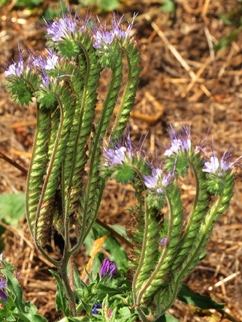
The dwindling resources of pollen and nectar-producing plants in California greatly concern bee scientists and beekeepers, and rightfully so.
But the dwindling resources also greatly concern native pollinator specialists and native plant enthusiasts. Some worry that honey bees, which are non-natives, may be "reducing" or "eliminating" native pollinators through competition for food.
Are they?
Extension apiculturist Eric Mussen of the UC Davis Department of Entomology and Nematology explains that a number of agencies and organizations are cooperating in an effort to "restore" regions of the California Central Valley to their "original state."
“The major emphases are (1) replacing non-native vegetation with native plants and (2) encouraging native animals to return to their former ranges,” Mussen says. "The result has been eviction of beekeepers from apiary locations that have been used for decades as seasonal spots for rebuilding populations following the stresses of commercial pollination or for producing honey."
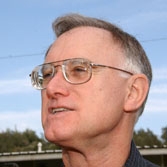
Indeed, in some situations, honey bees can survive, and native pollinators can’t.
“With honey bees, if we provide them with an adequate hive and food sources, they are likely to survive,” Mussen says. “However, native pollinators can be very particular about the environment in which they can exist. If their nesting habitat is disturbed, modified or destroyed, they cannot live in the area, despite an abundance of food plants. In many California locations, it is habitat alteration or destruction, not lack of food, which eliminated the native pollinators.”
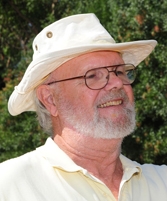
So, should honey bees be banned from restoration areas?
"No," Mussen says. "Honey bees should be solicited for restoration areas, not banned."
Mussen shares a list of 130 native California plants that are likely to be visited - "and probably pollinated" - by honey bees. They include button bush or button willow, fiddleneck, and California golden poppy. The list is excerpted from Nectar and Pollen Plants of California by G. H. Vansell UC Berkeley, plus personal observations by native pollinator specialist Robbin Thorp, UC Davis emeritus professor of entomology. The list is updated, reflecting information on the CalFlora website and the Jepson Manual of Higher Plants of California.
Thorp, who monitors the Häagen-Dazs Honey Bee Haven, planted in the fall of 2009 on Bee Biology Road, UC Davis, has found more than 80 different species of bees - and counting - in the half-acre bee garden. It's located next to the apiary at the Harry H. Laidlaw Jr. Honey Bee Research Facility.
So honey bees and native bees share the resources.
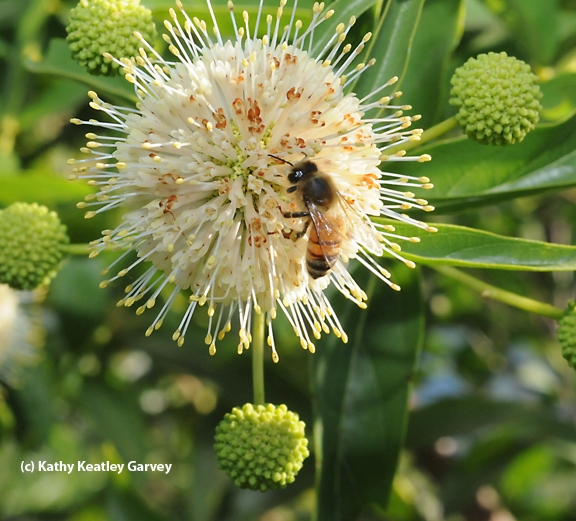
A honey bee foraging on button willow, also known as button bush, Cephalanthus occidentalis. Honey bees on non-natives, and the button bush is a native California plant. (Photo by Kathy Keatley Garvey)
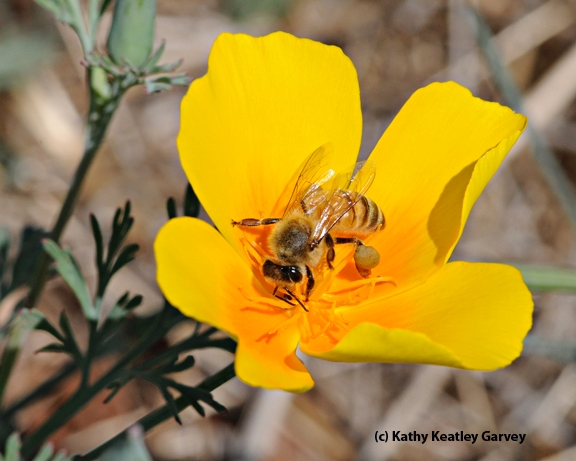
Honey bee visiting California golden poppy, Eschscholzia spp. (Photo by Kathy Keatley Garvey)
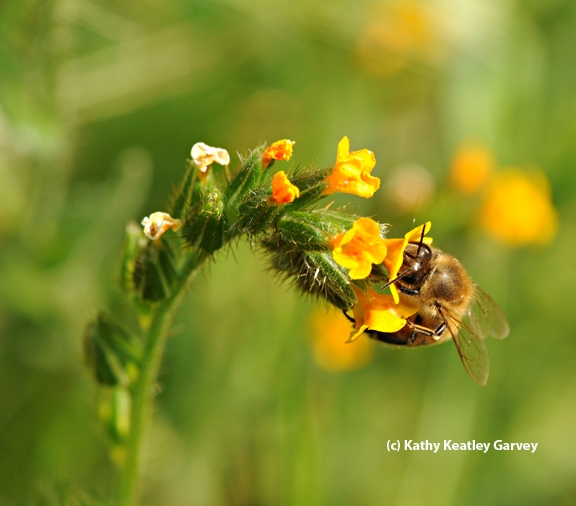
Honey bee foraging on fiddleneck, Amsinckia spp. (Photo by Kathy Keatley Garvey)
Just bee-cause
It's National Pollinator Week. Have you hugged your pollinators today, particularly the bees?
If you don't pay attention to the bees around you, you may think that every floral visitor is a honey bee (Apis mellifera) or a bumble bee (Bombus).
Not!
If you look closely, you'll see bee diversity: leafcutter bees, green metallic sweat bees, cuckoo bees, long-horned bees, carpenter bees, and squash bees, just to name a few.
Native pollinator specialist Robbin Thorp, UC Davis emeritus professor of entomology, has detected 80 different species of bees - and counting - in the Häagen-Dazs Honey Bee Haven on Bee Biology Road at UC Davis. The half-acre garden, planted in the fall of 2009, is located next to the Harry H. Laidlaw Jr. Honey Bee Research Facility. It's intended to be a year-around food source for the Laidlaw bees and other pollinators, to raise public awareness about the plight of bees, and to demonstrate what you can plant in your own garden.
"Of about 4,000 bee species known in the entire United States, about 1,600 have been recorded in California," according to Gordon Frankie of UC Berkeley, Robbin Thorp and their colleagues, in a must-read article in California Agriculture.
They point out: "...many types of urban residential gardens provide floral and nesting resources for the reproduction and survival of bees, especially a diversity of native bees. Habitat gardening for bees, using targeted ornamental plants, can predictably increase bee diversity and abundance, and provide clear pollination benefits."
Be sure to check out UC Berkeley's Urban Bee Gardens website that's described as "a practical guide to introducing the world’s most prolific pollinators into your garden." It's an educational treasure.
Bottom line: It's good to bee-aware, especially when research studies show that our pollinator population is declining worldwide.
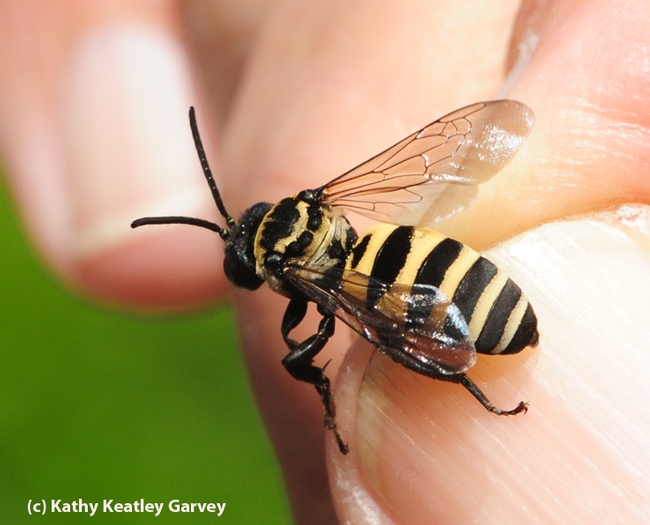
A male cuckoo bee, Triepeolus concavus, the cuckoo that is a cleptoparasite on Svastra, according to Robbin Thorp. (Photo by Kathy Keatley Garvey)
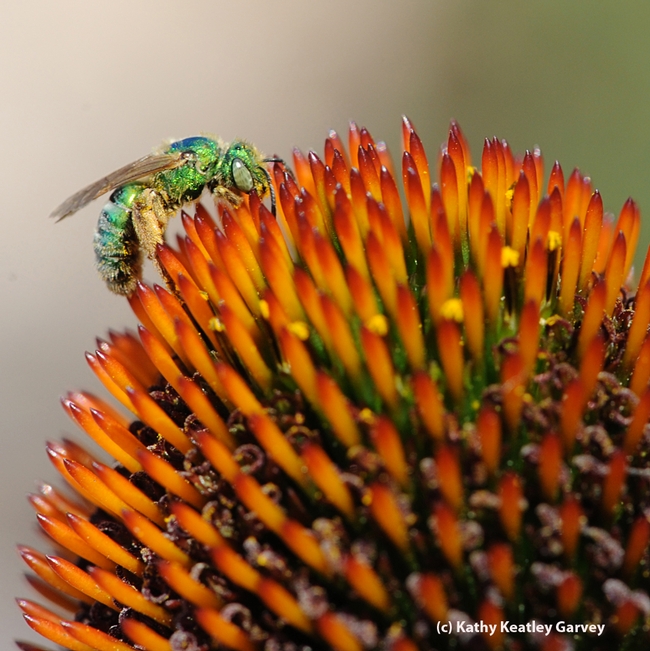
Female metallic green sweat bee, Agapostemon texanus. (Photo by Kathy Keatley Garvey)
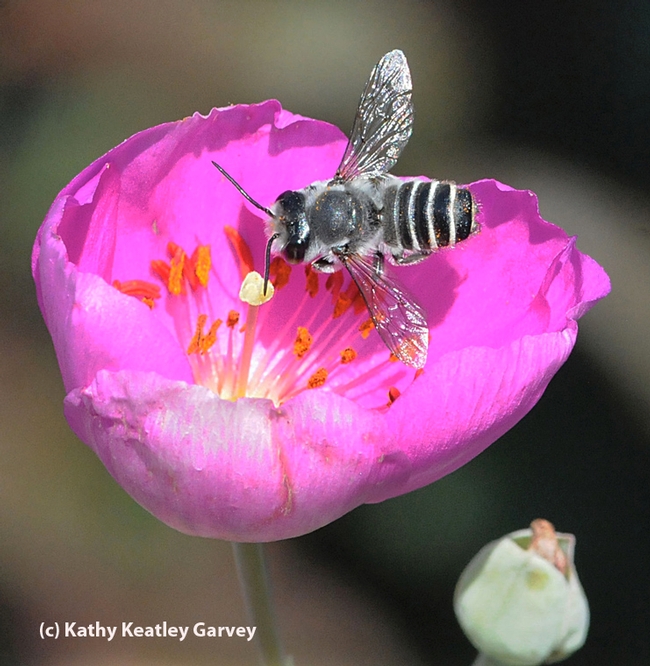
A male leafcutting bee, Megachile sp., on rock purslane. (Photo by Kathy Keatley Garvey)
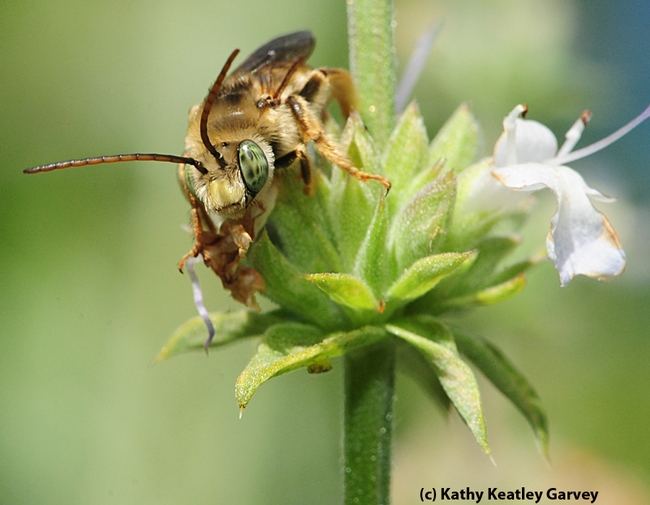
A male long-horned bee, Melissodes communis, on salvia. (Photo by Kathy Keatley Garvey)
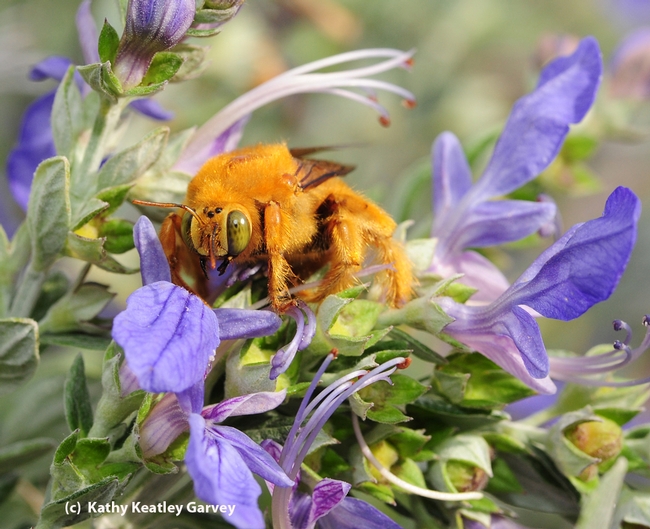
A male Valley carpenter bee, Xylocopa varipuncta. (Photo by Kathy Keatley Garvey)
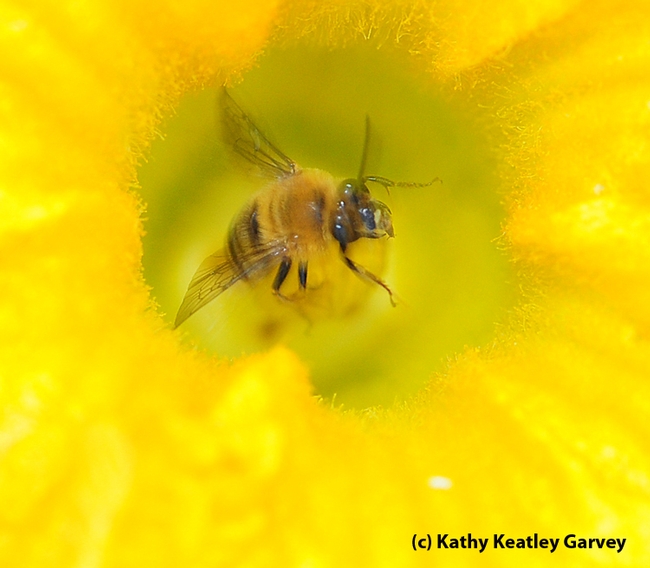
Male squash bee, Peponapis pruinosa. (Photo by Kathy Keatley Garvey)